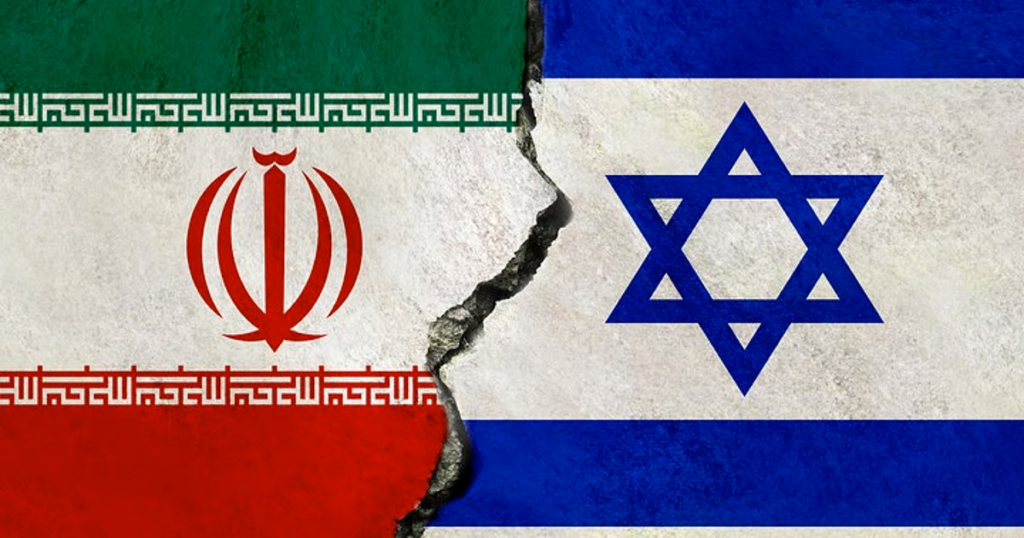The recent escalation between Israel and Iran, while briefly reaching a ceasefire, has sent ripples across the global geopolitical landscape. For a rising power like India, with deep-seated strategic and economic interests in both West Asia and the wider international arena, this conflict presented a delicate diplomatic challenge. Under the leadership of Prime Minister Narendra Modi, India has pursued a foreign policy that, for many, has been a “masterstroke” – a calculated tightrope walk that prioritizes national interests while attempting to maintain cordial relations with all parties.
The Historical Context: A Legacy of Non-Alignment and Shifting Alliances
Historically, India’s foreign policy in the Middle East has been characterized by its support for the Palestinian cause, a legacy of its non-aligned movement days. This position often placed it at odds with Israel. However, over the past three decades, particularly under the Modi government, India’s relations with Israel have blossomed into a robust strategic partnership. This encompasses significant defense purchases, intelligence sharing, counter-terrorism cooperation, and growing trade ties. The personal chemistry between Prime Minister Modi and Israeli Prime Minister Benjamin Netanyahu is often cited as a key factor in this deepening relationship.
Simultaneously, India has maintained significant, albeit at times strained, ties with Iran. Iran has been a crucial energy supplier for India, though US pressure has significantly reduced oil imports in recent years. More importantly, the Chabahar Port in Iran is vital to India’s connectivity ambitions, offering a gateway to Afghanistan and Central Asia, bypassing Pakistan. Furthermore, Iran holds sway over a substantial Shi’ite Muslim population globally, including a significant segment within India, making relations with Tehran a matter of internal as well as external policy.
This dual engagement has often led to India walking a diplomatic tightrope, a challenge amplified by the recent Israel-Iran hostilities.
The Modi Government’s “Masterstroke” Approach
During the recent flare-up, the Modi government’s approach can be dissected into several key elements that demonstrate a strategic and pragmatic foreign policy:
- Advocacy for De-escalation and Diplomacy: Immediately upon the escalation, India’s official statements consistently called for de-escalation, dialogue, and diplomacy as the only way forward. Prime Minister Modi himself engaged in direct phone calls with both Iranian President Masoud Pezeshkian and Israeli Prime Minister Benjamin Netanyahu. In these conversations, he expressed India’s deep concern and emphasized the need for restoring regional peace and stability. Crucially, these calls refrained from outright condemnation of either side, maintaining a posture of neutrality.
- Strategic Ambiguity and Balancing Act: India’s response was carefully calibrated to avoid taking a definitive side, a hallmark of its strategic autonomy. While critics from the opposition argued for a clearer condemnation of Israeli actions, particularly in light of the ongoing Gaza conflict, the government chose a more nuanced path. This was evident in India’s abstention from a UN General Assembly resolution calling for a ceasefire in Gaza, even as it later distanced itself from a China-led Shanghai Cooperation Organization (SCO) statement that condemned Israeli military strikes. This selective engagement and disengagement allowed India to avoid alienating either party entirely.
- Prioritizing National Interests: Economic and Security Concerns: At the core of India’s stance were its vital national interests.
Energy Security: The Middle East is a critical source of oil and gas for India. A prolonged conflict in the region would inevitably disrupt supply chains and drive up energy prices, significantly impacting India’s economy. The Modi government’s emphasis on stability directly addresses this concern.
Diaspora Safety: Millions of Indian expatriates work in the Middle East, particularly in the Gulf states. Their safety and the flow of remittances are paramount. New Delhi swiftly initiated “Operation Sindhu” to facilitate the evacuation and repatriation of Indian nationals from both Iran and Israel, demonstrating a proactive approach to protecting its citizens.
Regional Connectivity (Chabahar): The Chabahar Port project remains a strategic pivot for India’s regional influence. Any sustained conflict or increased instability in Iran could jeopardize India’s access to Central Asia and Afghanistan, undermining years of diplomatic and financial investment.
- Maintaining Channels of Communication: Despite the heightened tensions, India ensured that channels of communication remained open with both Tehran and Tel Aviv. This was vital not only for diplomatic engagement but also for coordinating on matters like the safe return of its nationals. This ability to engage with both adversaries simultaneously underscores India’s unique position and diplomatic leverage.
- Projecting a Peacemaker Image: By consistently advocating for peace, dialogue, and de-escalation, India positioned itself as a responsible global actor committed to stability. This aligns with the Modi government’s broader “Vishwaguru” (world teacher) narrative, aiming to elevate India’s standing as a constructive force in international relations. While not directly mediating, its consistent call for a peaceful resolution contributed to the global pressure for a ceasefire.
Challenges and Criticisms
Despite the perceived success of this balancing act, India’s approach has not been without its critics. Some argue that India’s “neutrality” amounted to a tacit endorsement of one side or a departure from its traditional moral stance on international conflicts, particularly regarding Palestinian rights. Concerns have also been raised about the long-term implications of prioritizing strategic partnerships over historical solidarity.
Furthermore, the delicate balance between Israel and Iran remains fragile. Any renewed escalation could once again test India’s diplomatic agility and force it to make more difficult choices. The complex web of alliances and rivalries in the Middle East, coupled with the interests of global powers, ensures that India’s foreign policy in the region will continue to be a challenging endeavor.
In navigating the recent Israel-Iran conflict, the Modi government demonstrated a pragmatic and interest-driven foreign policy. By prioritizing de-escalation, safeguarding its economic and security interests, and maintaining open diplomatic channels with both adversaries, India managed to avoid being drawn into the conflict while protecting its vital stakes. This “masterstroke” of strategic ambiguity and balanced engagement allowed India to preserve its multifaceted relationships in a volatile region, reinforcing its credentials as a rising power capable of navigating complex geopolitical challenges with finesse and foresight. As the region moves into a fragile ceasefire, India will undoubtedly continue its delicate dance, ever watchful of its national interests in a perpetually shifting global order.
(The views expressed are the author's own and do not necessarily reflect the position of the organisation)

